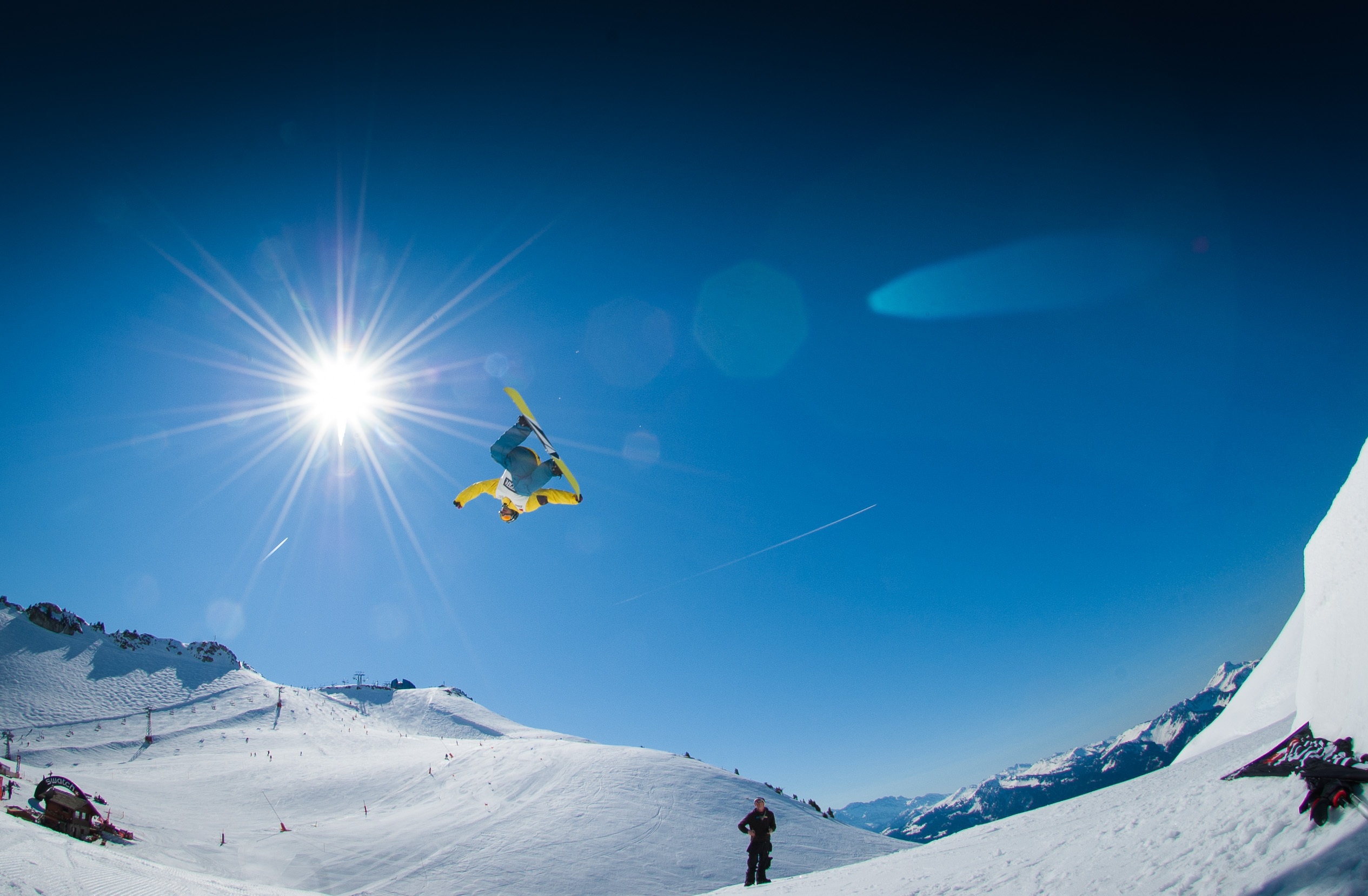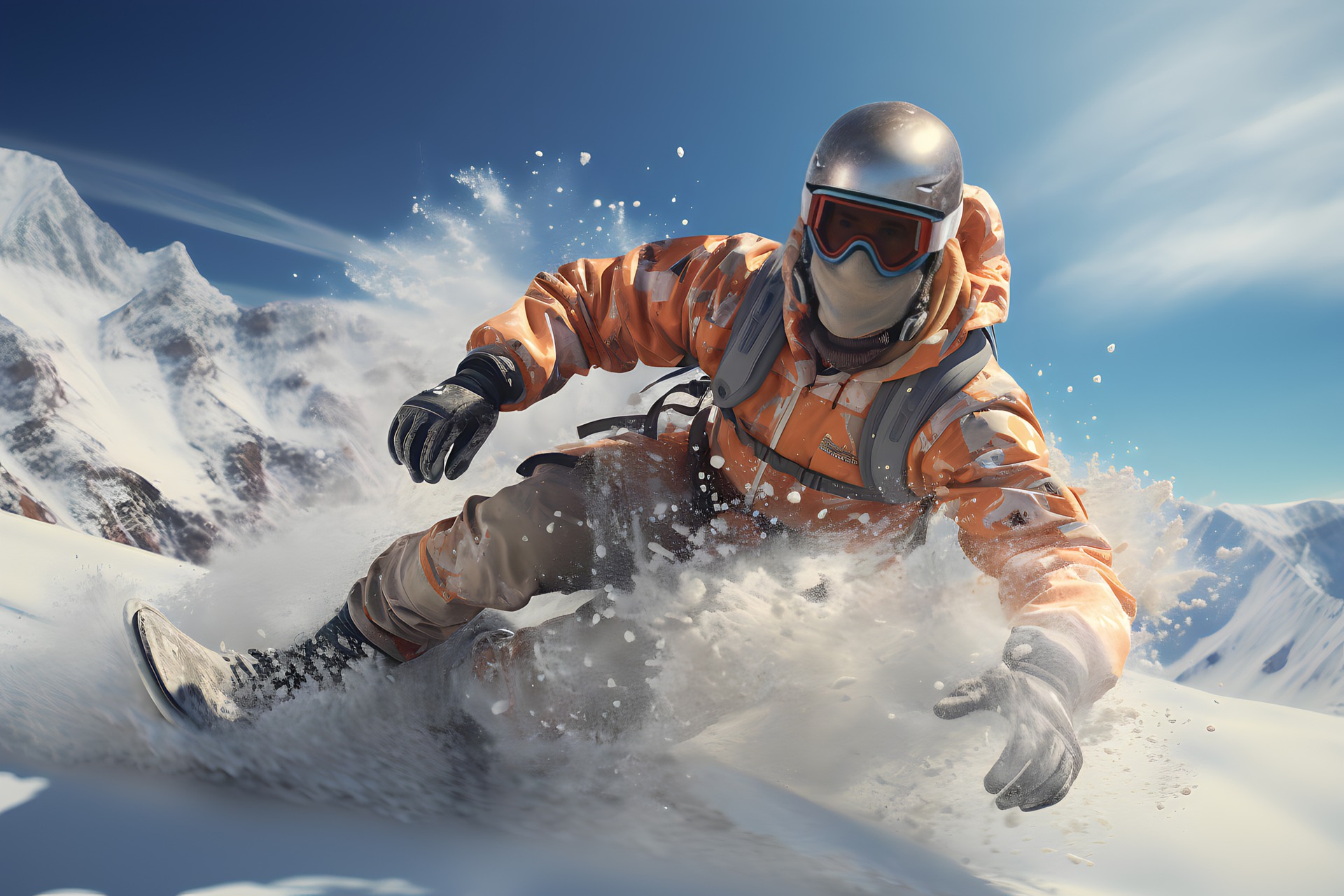Snowboarding is an exciting winter sport fusing beauty with gravity-defying skills that each audience loves to see at the Winter Olympics. Skiers, gliding down snowy slopes, characterize tricky tactics and astounding acrobatics, but risk falling – though this adds to the excitement of the game.
When an Olympic snowboarder falls, it may become consequential in terms of outcome. While a fall is unexpected enough on the body, the body’s momentum can be shocked, compromising performance for subsequent runs and bringing shaky confidence on to subsequent runs. That brings added psychological stress in a tense-packed environment. It is one thing to endure physical torture; it is quite another to have mental torture as well.
A fall really does leave psychological marks. The fear of injury, combined with pressure to perform, leads quite often to stress times. The athletes learn to cope and carry themselves out of their problems with much concentration and resilience. Their ability to do so is a kind of skill that, in itself, exhibits mental toughness-a essential for becoming an elite athlete.
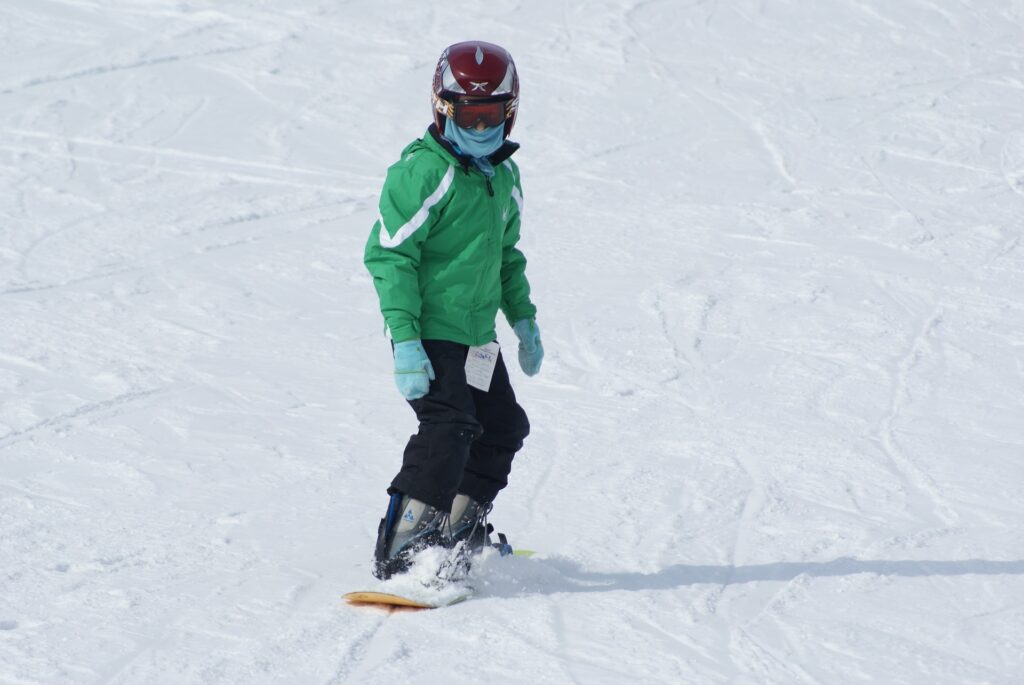
The Impact of a Fall
In the high-pressure world of snowboarding, sometimes one fall can be both physically and mentally costly, a fact all too real, especially at the Olympics, the most elite level of competition. The human body suffers damage from such accidents. For instance, on one end of the spectrum, one may receive a minor scratch; on the other hand, it may result in more serious fractures. Other effects of such a fall are bones, concussions, and tears in the ligaments. Such falls leave long-lasting impacts on the career of an athlete and their general well-being. The gravity of such a fall depends on some factors that may range from the height at which the person fell to the angle at which they hit the ground and the efficiency of the protective gear that the athlete wore once he or she started falling.
Apart from physical damage to the athlete that a fall takes, the effects could spill out much further into their performance realm. Other than interrupting their rhythm and momentum, a fall could end up affecting their ability to flawlessly complete following tricks. This interference may end up in a series of missteps where the athlete ends up failing to regain his balance. Further, the after-effects of falling might even disqualify them, set under rigid rules which have been established for this competition and according to the severity of the incident. In this, the athlete would be able to recognize tangible and intangible consequence resulting from their fall which might pervade throughout their performance, reducing their confidence, altering their strategic play, and making them less successful in the competition.
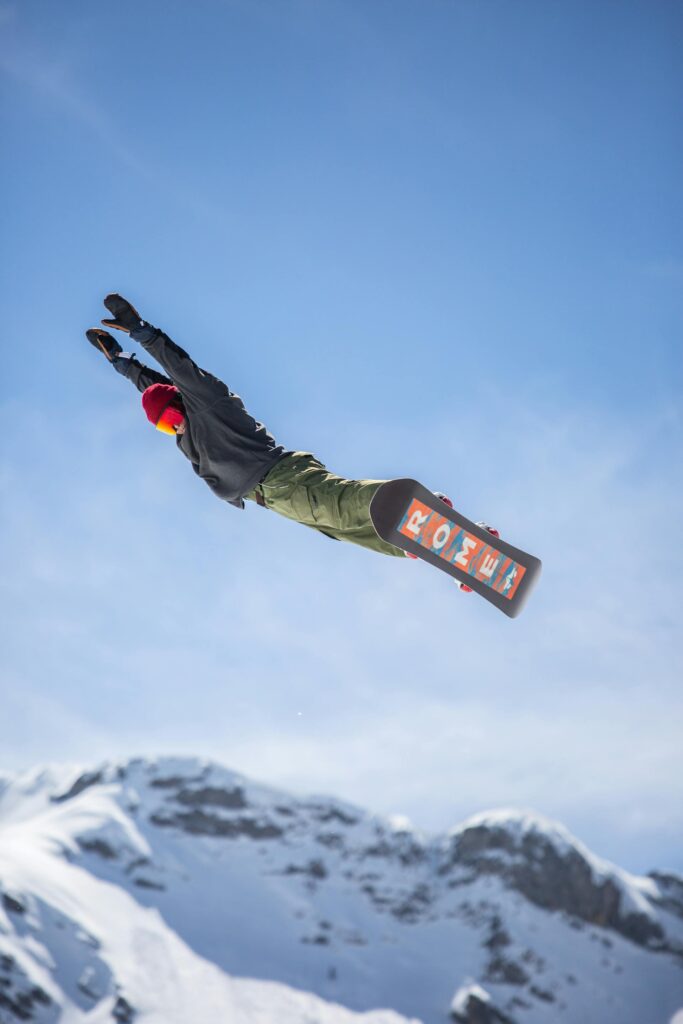
A fall, in fact, is yet to be shown to have psychological effects on athletes; it affects their mental well-being and performance adversely. This form of stress brings about pressure on the athletes to perform while at the same time having the constant fear of sustaining an injury, thereby creating a cascading negative impact of emotional setbacks in athletic performances. A loss of fall generally comes with self-doubt and frustration because it reduces the self-confidence of an athlete and deprives him of performing at his best in successive competitions. Falling not only leaves a bitter memory but can persist in an athlete’s mind and help color his overall approach to his sport. Proper support and guidance are very fundamental for the apparent psychological challenges associated with falls and injuries, thereby enabling them to bounce back with inner strength and resilience in the face of adversity.
The Role of Safety Gear
Snowboarding is super exciting but comes with its dangers. The fast speeds and tricky landscapes often lead to falls. To stay safe, riders gear up with protective stuff like helmets, wrist guards, knee pads, and impact vests. This gear helps protect them, boosting their confidence so they can take on challenges while keeping injuries at bay.
Essential Gear for Snowboarders:
Helmet: A helmet is a must-have for snowboarding, built to take hits and lower the chances of serious head injuries like concussions and skull fractures. Featuring a tough outer shell and foam padding that absorbs shocks, helmets keep riders safe from falls, crashes, and surprise obstacles while shredding the slopes.
Back Protector: Back protectors are super important for snowboarders because they provide crucial support for the spine when you take a hard fall. Made from shock-absorbing materials, they help spread out the impact, which really cuts down the chances of hurting your spine. With this extra layer of protection, riders can tackle tougher tricks with more confidence and safety.
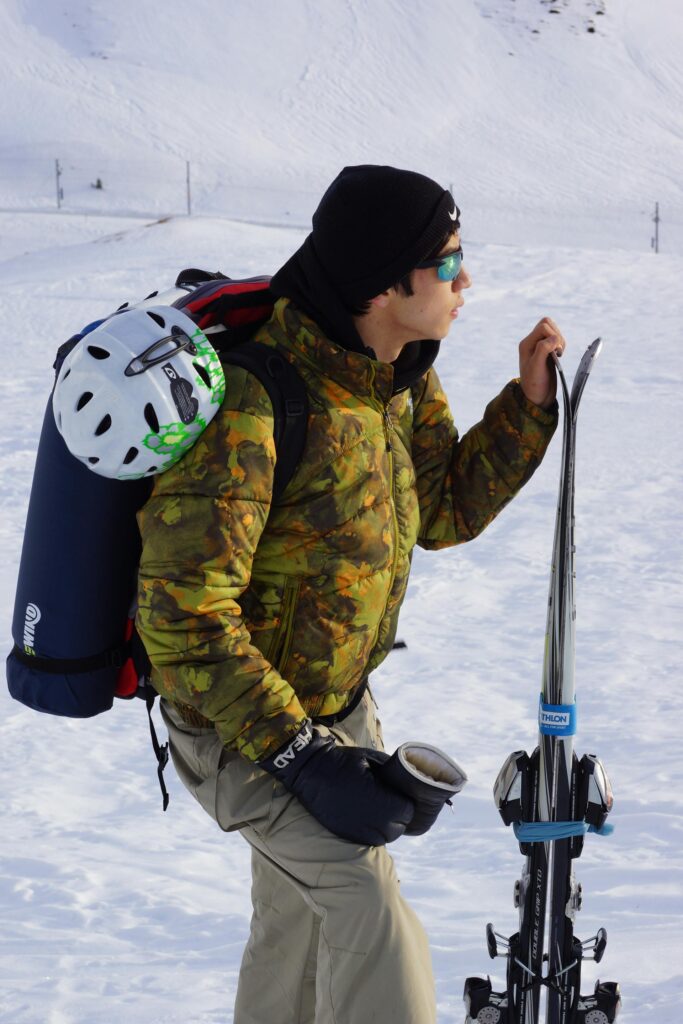
Wrist Guards: Wrist guards are a must-have for snowboarders since they help prevent wrist fractures, which often happen when riders try to catch themselves during a fall. These guards come with sturdy support and materials that absorb shocks, keeping the wrist joint stable and lowering the chances of getting hurt. With this added protection, snowboarders can feel more confident and take on tougher tricks without worrying about hurting their wrists.
Advancements in Safety Technology
Snowboarding has really stepped up its game with safety tech, making it way safer for athletes. This means riders can go all out and test their skills without worrying as much. These thing are boosting safety for athletes even more.
Impact-Absorbing Materials: Today’s helmets and back protectors use cutting-edge materials like expanded polystyrene (EPS) foam, which does a great job of absorbing impact. These materials not only cushion blows but also spread the force over a larger area, helping to lessen the chances of concussions, spinal injuries, and fractures. This means riders can enjoy better protection without feeling weighed down, keeping them quick and agile on the slopes.
Ventilation Systems: New helmets are now designed with smart ventilation systems that boost airflow and help manage temperature, so athletes don’t overheat during those intense runs. These systems let heat escape while bringing in fresh air, which is super helpful during long rides or tricky maneuvers. With improved ventilation, riders can stay cool and focused, avoiding distractions from discomfort or sweating too much.
Customizable Fit: To maximize safety and comfort, many brands now provide helmets, back protectors, and other gear with adjustable fitting options. This includes things like adjustable straps, padding, and liners that let athletes tweak their gear for a perfect fit. A snug fit keeps safety gear in place during falls or fast moves, offering better protection. Plus, customization boosts comfort by reducing pressure points and allowing for more freedom of movement, so athletes feel supported without being restricted.

The Role of the Medical Team
Quick Response: The medical crew is trained to jump into action during emergencies on the slopes, cutting down the time between an injury and treatment. Acting fast is key to preventing more damage, making sure injured athletes get immediate care to stabilize them before they’re moved for any additional treatment if needed.
On-Site Evaluation and Care: When they reach an injured athlete, the medical team does a quick check to see how serious the injury is. They work to stabilize the athlete, offering immediate help like pain relief, cleaning wounds, or immobilizing any broken bones or joints. This quick treatment helps avoid complications and gets the athlete ready for safe transport if necessary.
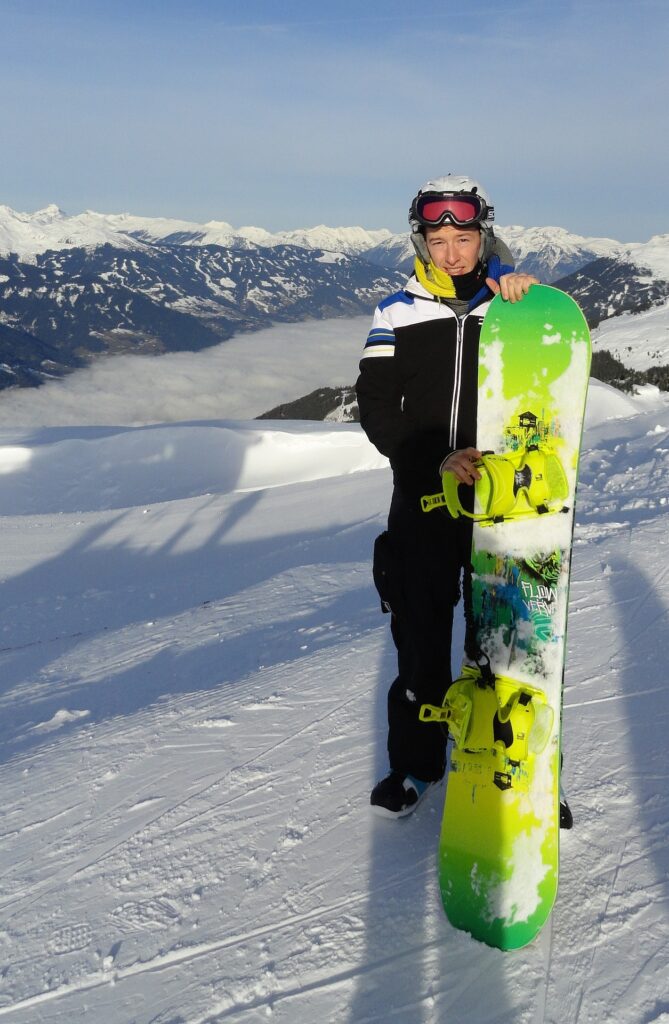
Rescue Procedures: For more serious injuries, the medical team teams up with local emergency services to get the athlete off the slopes and to a hospital. This could mean using snowmobiles, sleds, or helicopters to make sure the injured person gets the specialized care they need as fast as possible, reducing the chances of further injury while keeping the athlete safe.
The Rules and Regulations
Snowboarding contests come with a detailed set of guidelines designed to keep things fair and safe for all competitors. While these rules might differ a bit depending on the event—like slopestyle, halfpipe, or snowboard cross—they all highlight the need for technical prowess, creativity, and strict compliance with the course layout. The main aim is to create a controlled space where snowboarders can shine while keeping risks to a minimum.
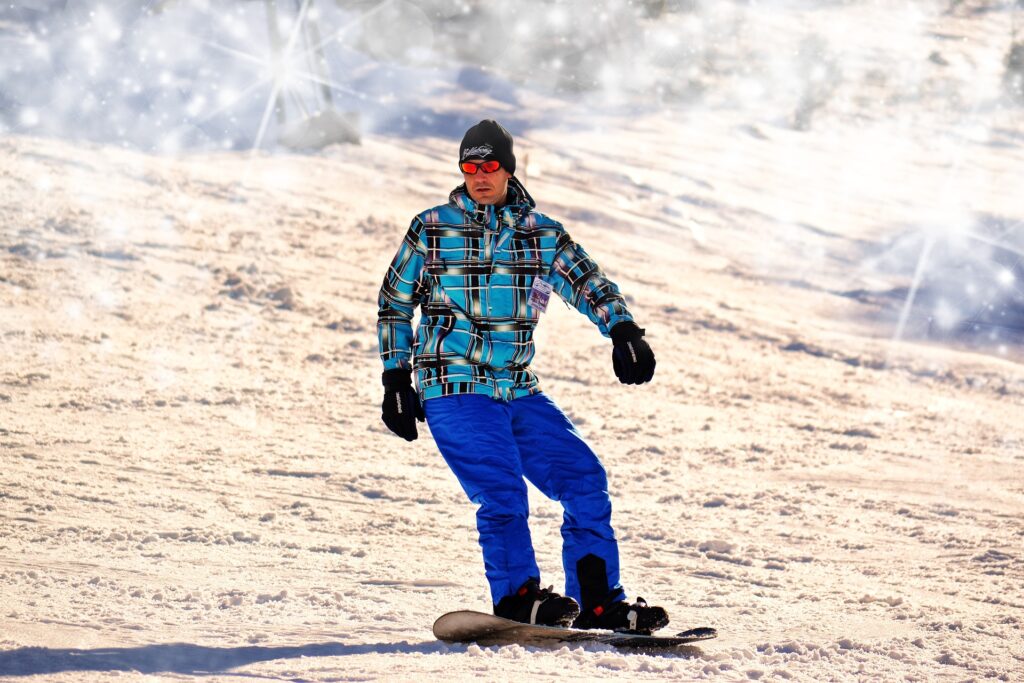
Course Guidelines: Competitors need to stick to the marked course, skillfully maneuvering through jumps, rails, and turns. Going off-course or not handling obstacles correctly can lead to penalties or even disqualification, ensuring that everyone plays fair and faces a real challenge.
Trick Performance: Judges evaluate each trick based on how tough it is, how creative it looks, and the overall style. Tricks that are executed with precision and flair earn higher scores. Creativity and smoothness are key, showcasing both skill and artistry in the sport.
Safety Measures: Keeping safety in mind is crucial, so athletes are required to wear the right gear, including helmets, back protectors, and wrist guards. Competitors must stick to safety protocols, like using suitable equipment, warming up properly, and steering clear of reckless actions to reduce the chance of injuries.
Consequences for Violations: There are penalties for breaking the rules, such as falling, executing tricks poorly, or riding unsafely. These can lead to point deductions, and serious infractions, like intentional rule-breaking or dangerous behavior, might result in disqualification, affecting an athlete’s position in the event.
By following these guidelines, snowboarders can display their technical skills, creativity, and style while keeping safety in check. This blend of skill and safety not only promotes fair competition but also helps reduce injury risks for everyone involved.
The Human Element: Determination and Support
Snowboarding is a tough sport that demands not just physical strength but also serious mental resilience. Athletes often deal with falls, injuries, and various setbacks, but it’s their grit to overcome these challenges and get back on the board that really makes them stand out. The ability to bounce back after a setback is just as important as having the right skills, and this perseverance is what drives athletes to reach new heights, even when the going gets tough.
Story of Determination
Shaun White: Famously known as “The Flying Tomato,” Shaun White embodies the spirit of resilience in snowboarding. At the 2018 Olympics, he took a hard fall that injured his hand, putting his gold medal dreams in jeopardy. But instead of throwing in the towel, he fought back, ultimately clinching a bronze medal and showing that determination can conquer injury.
Chloe Kim: As one of the sport’s rising stars, Chloe Kim has faced her share of hurdles, including injuries that could have sidelined her career. Yet, her love for snowboarding, along with a solid support system, has helped her push through these challenges. Kim continues to redefine what’s possible in snowboarding, earning her place as one of the sport’s shining talents.
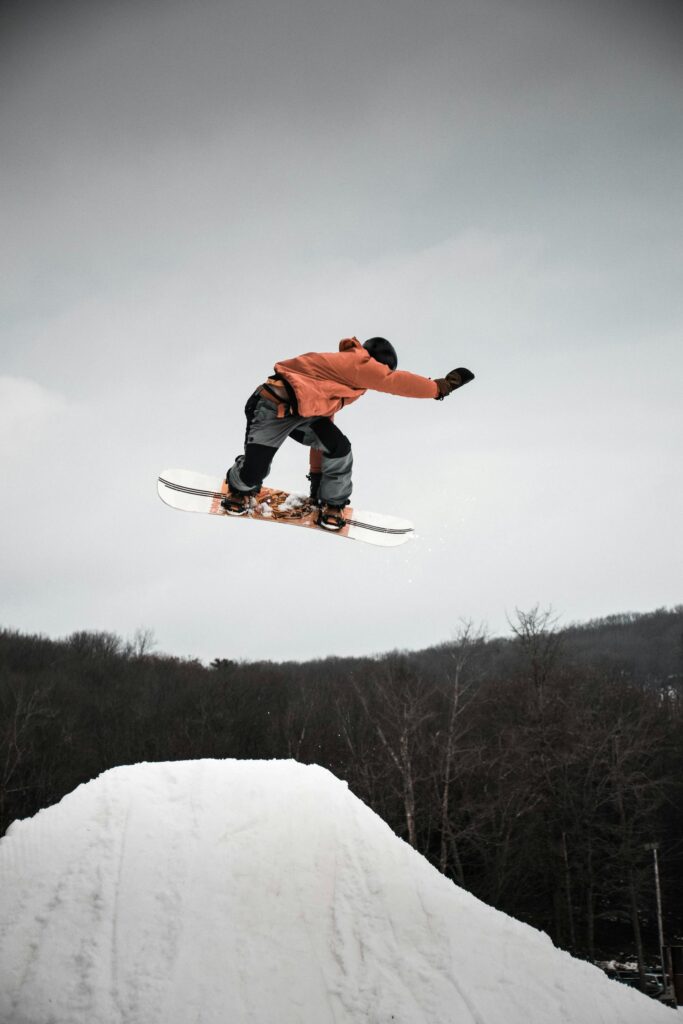
The Power of Support
Every successful athlete has a strong support network that offers both emotional and physical backing. Whether it’s a coach giving expert tips, a family member cheering them on, or a teammate sharing the journey, these support systems are essential for an athlete’s success.
Coaches: A great coach is crucial in an athlete’s journey, not just for teaching skills but also for providing mental support. They help athletes build the mindset needed to tackle challenges, fostering resilience and focus when things don’t go as planned.
Family: Having family around is super important for emotional support. They give you that unconditional cheerleading and help keep your feet on the ground, reminding you that you’re more than just your performance. They’re there to keep you pumped up, whether you’re winning or facing tough times.
Teammates: Your fellow athletes are on the same path and can really relate to what you’re going through. They bring understanding, friendship, and helpful tips. Teammates are there to celebrate the good times and lift each other up during the rough patches, creating a tight-knit community that thrives on resilience and motivation.
All these factors—resilience, determination, and solid support systems—empower athletes to bounce back from challenges, boost their confidence, and achieve their best in snowboarding and beyond.
Conclusion
As a thrilling and lively sport, snowboarding itself encompasses lots of risks. Avoidably falling, people can cause varied injuries ranging from minor to high-level setbacks that may jeopardize the future of their career for the rest of their lives. However, through improvements on safety gear and medical technologies, the risk levels are reduced and athletes can pursue their passion and interest.
The human aspect of snowboarding is equal in importance. It is resilience, determination, and a steady stream of unyielding support from athletes, coaches, and families that allows issues to be overcome and success achieved. As the sport continues to grow, it becomes increasingly important to continue to push the envelope on new experiences while also emphasizing safety.
